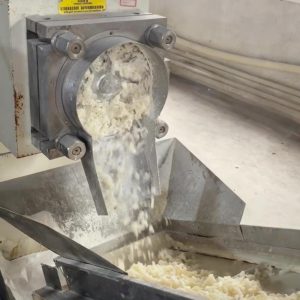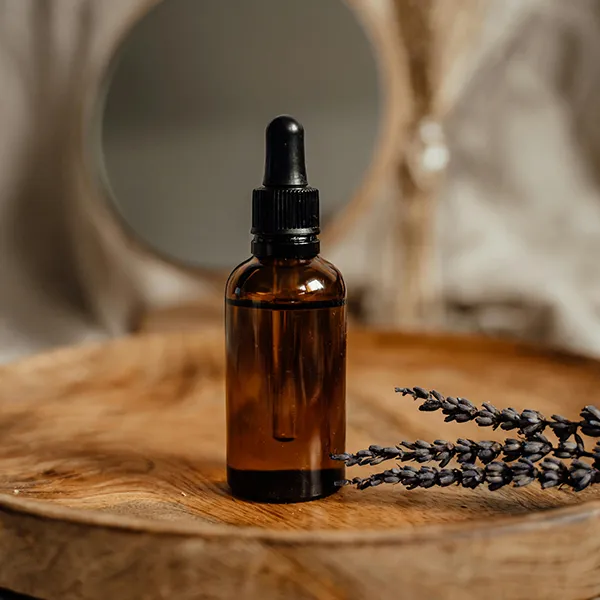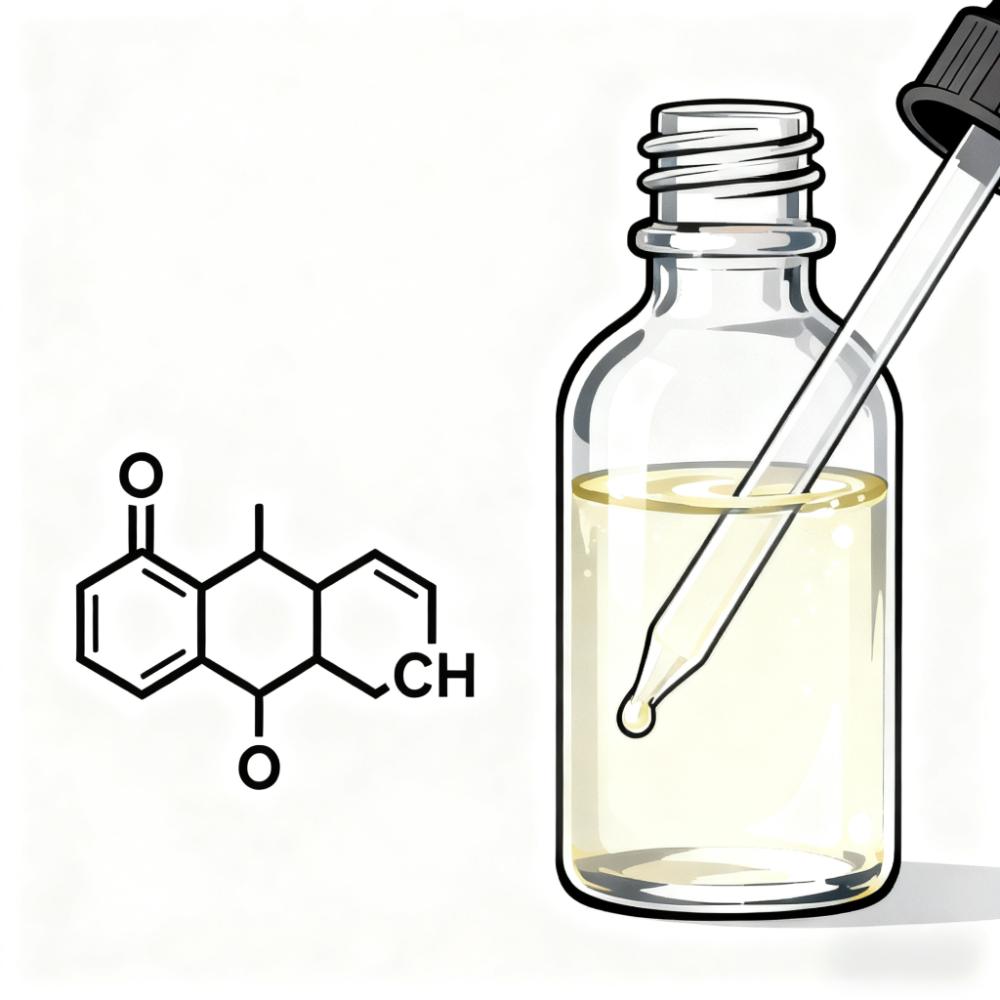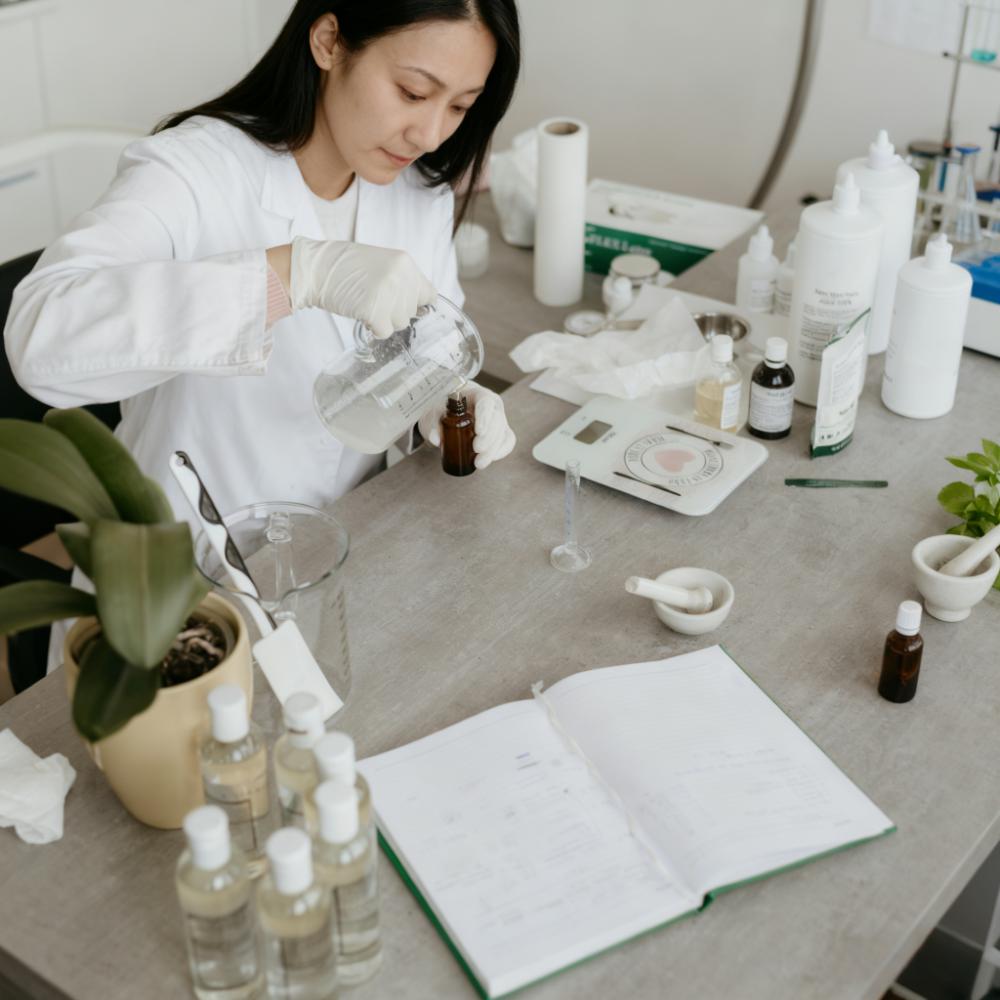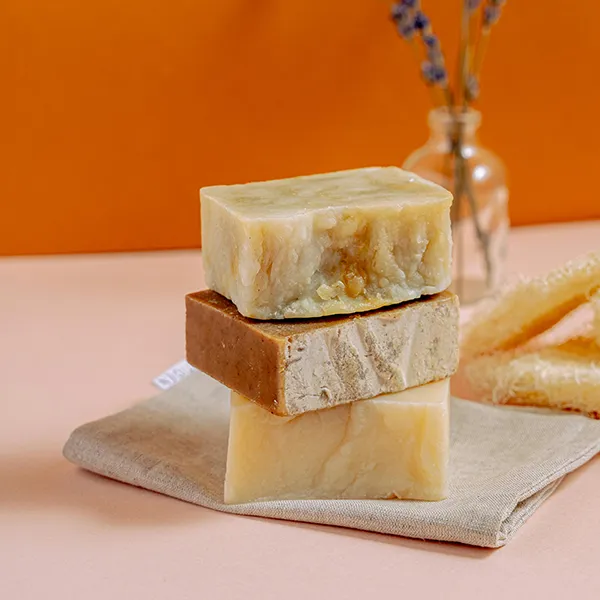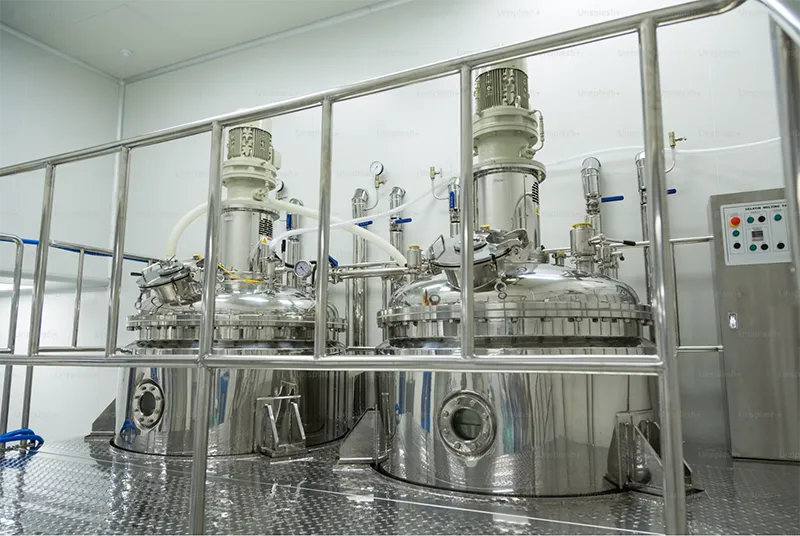Whether you are a fragrance formulator, soap manufacturer, or a handmade soap enthusiast, understanding the unique quality demands of soap fragrance is essential to creating high-quality, pleasant, and stable soap products.
✅ 1. Basic Olfactory Requirement: Harmonious Scent Profile
All fragrances, including those for soap, must deliver a balanced and harmonious scent profile. This means the top note, middle note, and base note,should blend smoothly without noticeable gaps or disharmony.
A well-formulated soap fragrance must maintain olfactory consistency across all stages of evaporation.
✅2. Additional Key Quality Requirements for Soap Fragrance
Because soap is produced and used under unique conditions, the fragrance must meet several specialized performance criteria:
① Good Grease/Odor Masking Ability
Soap bases often have natural fatty or oily odors due to the saponification process. The fragrance must effectively cover or mask these base odors while delivering a fresh, pleasant top experience.
Keywords: soap base odor, masking fatty smell, fragrance covering power
② Long-Term Stability in Alkaline & Moist Conditions
Soaps are exposed to high pH (9–11), moisture, light, and heat during production, storage, and usage — sometimes for months or even years. The fragrance must remain chemically stable, without degrading, fading, or causing off-odors.
Testing typically includes:
| Test Type | Purpose | Duration/Condition |
| Light Stability Test | Prevent fading or alteration under UV/sunlight | 1-3 weeks exposure |
| Heat Aging Test | Simulate long-term storage or hot shipping conditions | 40-55°C for 30+ days |
| Cured Soap Olfactory Test | Ensure real-world scent performance post-curing | 1-4 weeks minimum |
| Room Temperature Aging | Long-term scent & color stability | 12 months or more |
| Compatibility Testing | Ensure stability with common soap additives | Ongoing |
③ Non-Discoloring / Safe for White or Light Soaps
Some fragrance ingredients can cause yellowing or discoloration, especially in white or pastel-colored soaps. High-quality soap fragrances must be non-staining and non-discoloring.
Keywords: fragrance discoloration, white soap fragrance, color-safe fragrance
④ Good Diffusivity (Scent Throw / Projection)
The soap matrix is a colloidal gel that limits fragrance evaporation. Therefore, the fragrance must still offer strong projection and diffusion, ensuring the scent is noticeable both in the package and during use.
Keywords: fragrance diffusivity, soap scent throw, projection in soap
⑤ Pleasant & Long-Lasting Scent in Use & After Wash
During washing, the fragrance should diffuse well in the bath environment. After rinsing, it should leave a pleasant residual scent on the skin and towels — contributing to an overall satisfying user experience.
Keywords: scent retention in soap, post-wash fragrance, diffusion in use

✅3. Fragrance Development & Testing Process
Creating a soap-appropriate fragrance is not a one-time task. It involves:
Iterative formulation & soap application trials
Sensory evaluation (human nose assessment)
Light stability test (1–3 weeks exposure)
Heat aging test (40–55°C for 1 month)
Room temperature aging (1 year or longer)
Washing performance test (scent release & retention)
These steps simulate realistic storage and usage conditions, ensuring the final fragrance performs well in actual soap products.
Keywords: fragrance stability testing, soap fragrance formulation, long-term performance test
✅ Conclusion
Soap fragrance development goes far beyond choosing a “nice-smelling” scent. It requires careful consideration of:
✔️ Scent harmony
✔️ Stability in harsh soap environments
✔️ No discoloration
✔️ Strong diffusion & throw
✔️ Pleasant after-wash scent
Only when all these factors are addressed can we achieve a high-performance, high-quality soap fragrance that meets both formulator and consumer expectations

